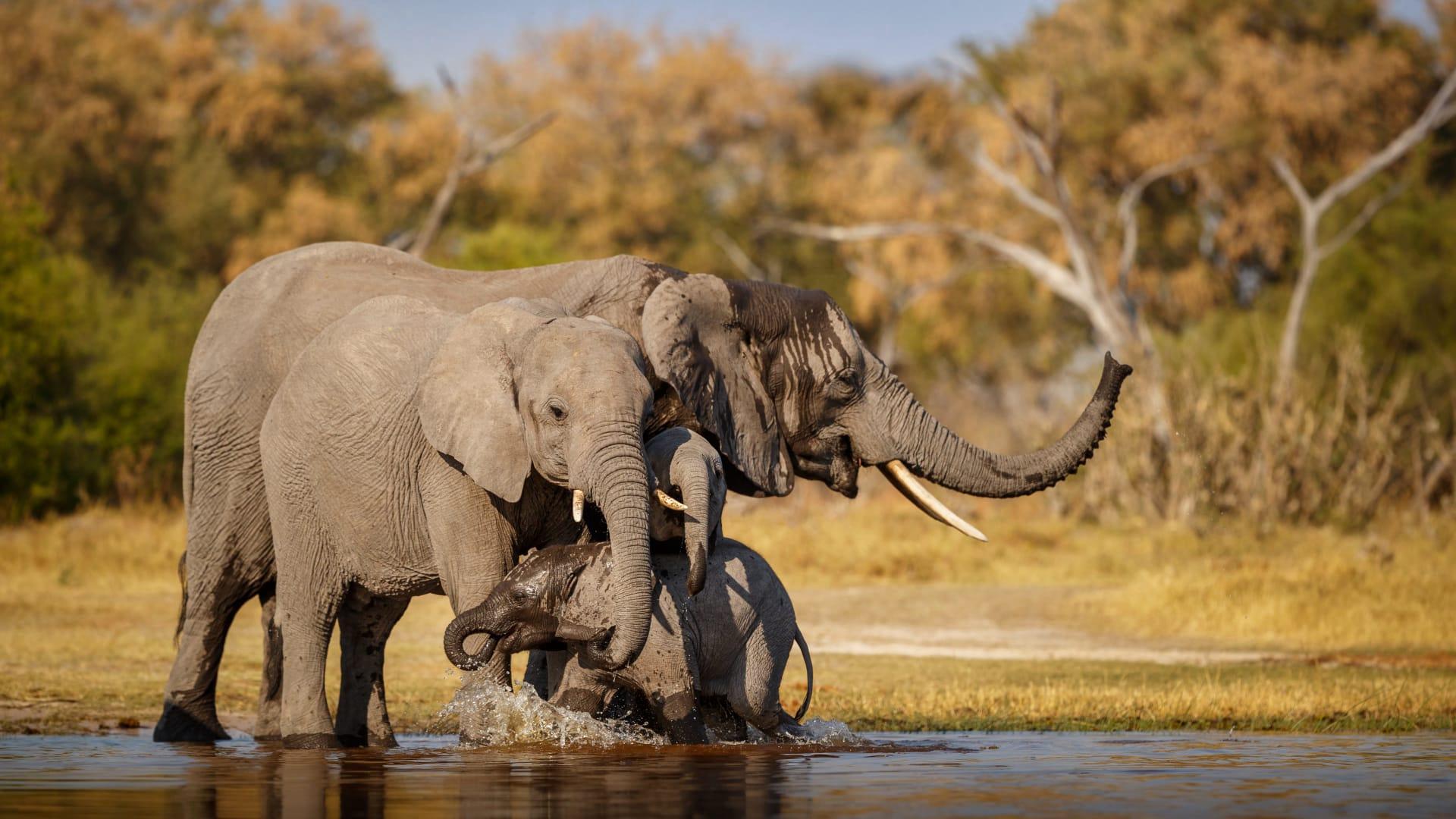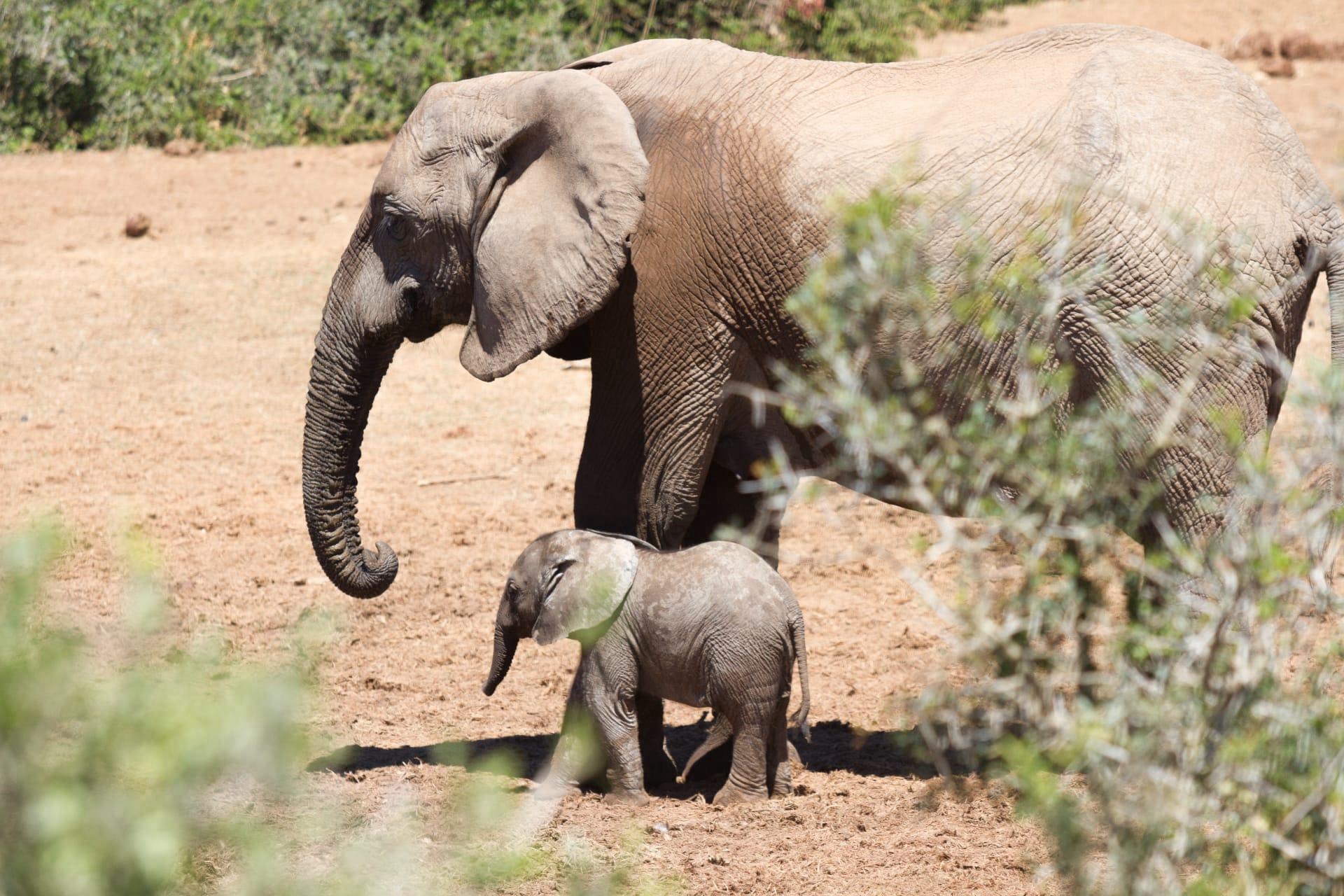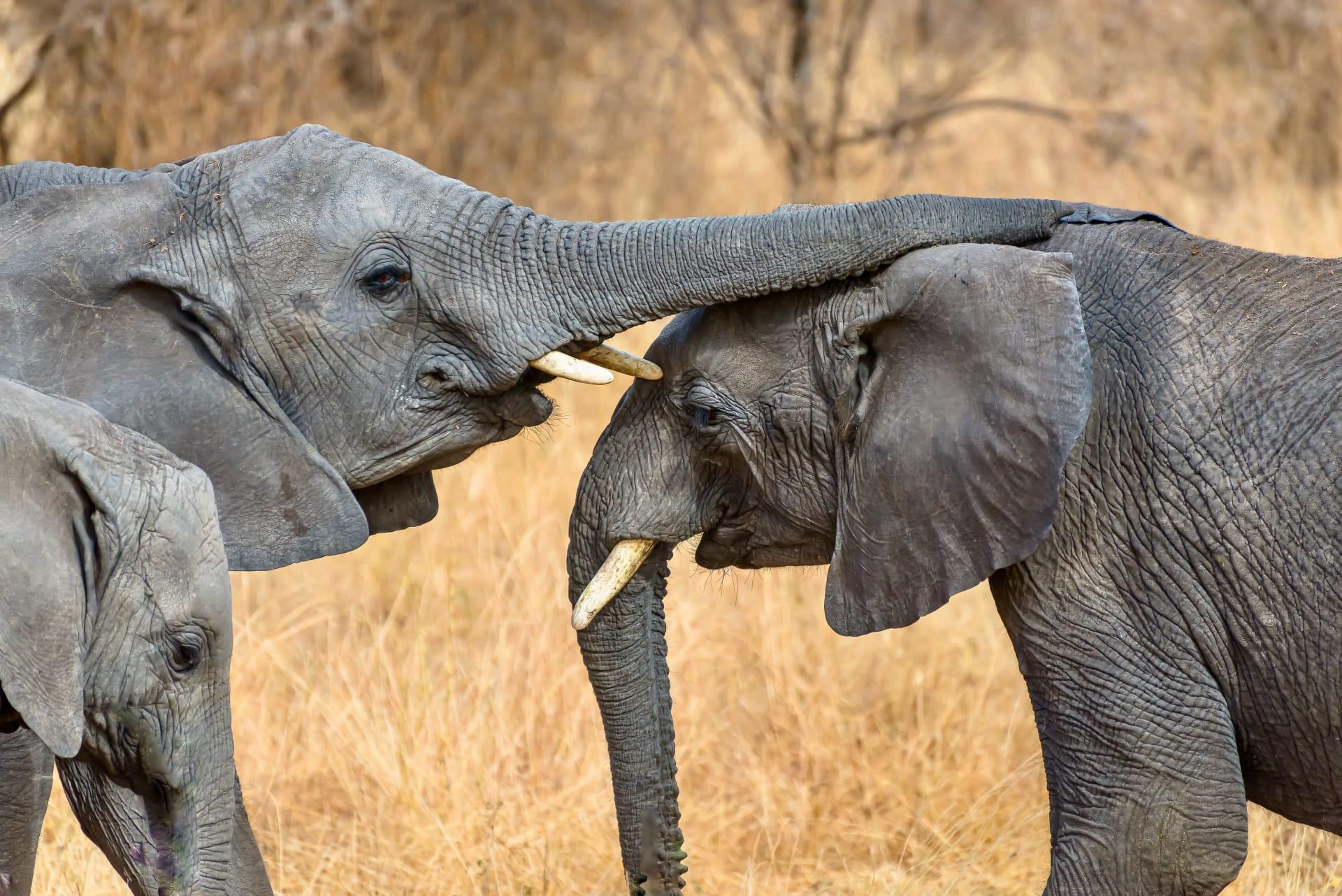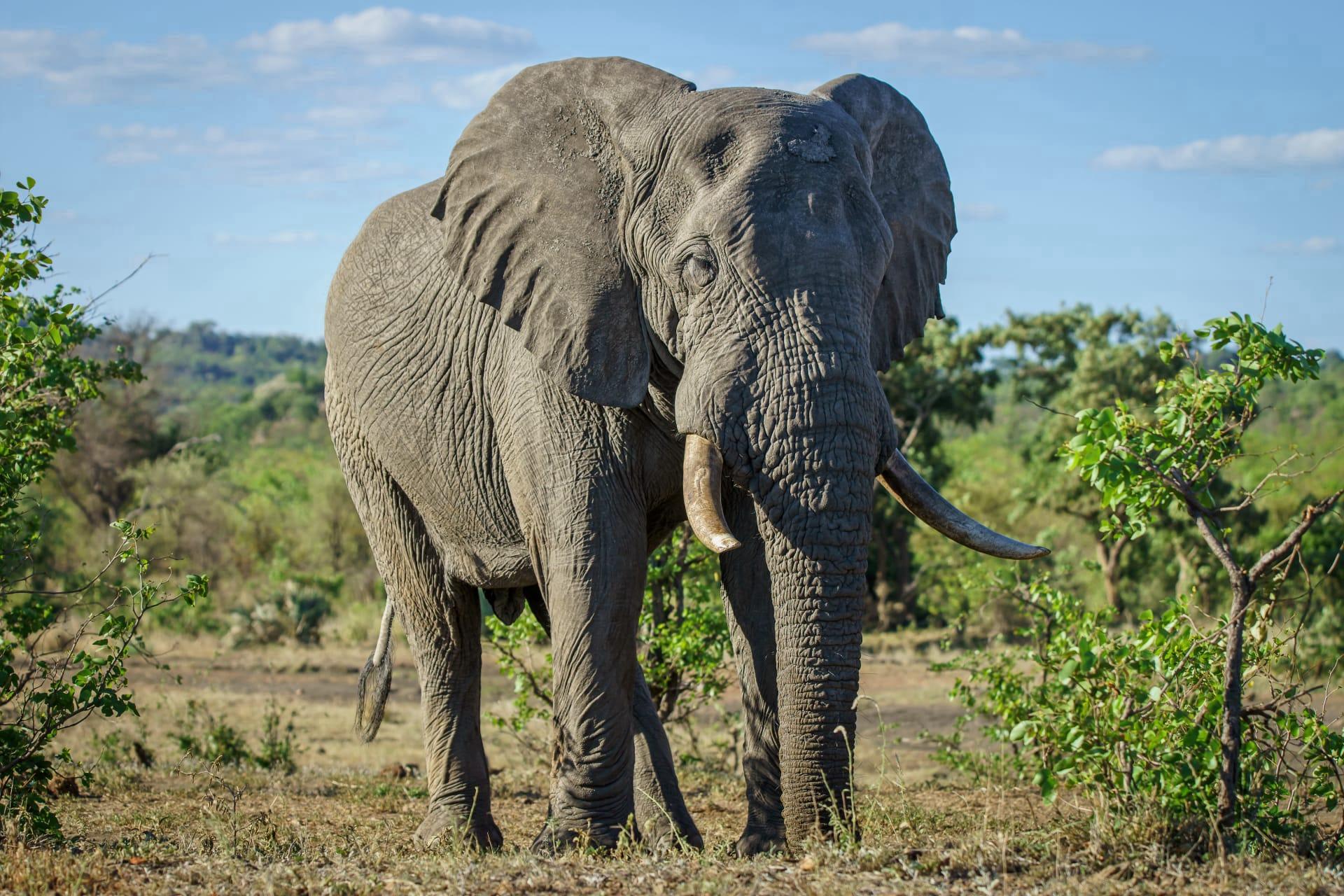African Elephant
- Home /
- Mini Encyclopedia /
- Animal /
- African Elephant
1
The African Elephant, known scientifically as Loxodonta, is a genus comprising two living species: the African Bush Elephant (Loxodonta africana) and the smaller African Forest Elephant (Loxodonta cyclotis). These majestic creatures are distinguished by their large ears, shaped much like the African continent, and their tusks, which are present in both males and females. The Bush Elephant is the largest, with males standing up to 13 feet tall at the shoulder and weighing as much as 14,000 pounds. Forest Elephants are smaller, reaching up to 8 feet and weighing around 6,000 pounds.
These elephants are primarily found in sub-Saharan Africa, with the Bush Elephants inhabiting savannahs, plains, and woodlands, while the Forest Elephants live in the dense rainforests of central and West Africa. Their distribution is widely spread but fragmented due to habitat loss and poaching. The Bush Elephant is more widespread, found in 37 African countries, while the Forest Elephant's range is limited to the dense forests of central and western Africa.

2
Question: Is it true that African Elephants are afraid of mice?
Answer: This is a common myth without scientific evidence. African Elephants, despite their size, are known for their keen senses and intelligence. There is no factual basis to the claim that elephants are scared of mice. Their actual concerns are more grounded in reality, such as loss of habitat and poaching. Elephants are more likely to be startled by unexpected movements or sounds, irrespective of the size of the creature making them.

3
African Elephants have evolved several strategies to ensure their survival in diverse habitats. One key strategy is their complex social structure, led by a matriarch who guides the herd to water sources and food. Their excellent memory aids in remembering vast geographic landscapes and water locations during dry seasons. Elephants also communicate using low-frequency sounds, inaudible to humans, which can travel long distances, enabling them to coordinate over large areas.
They are also adaptable feeders, consuming up to 300 pounds of food daily, including grass, leaves, bark, and fruit. This varied diet helps them thrive in different environments. Additionally, their ability to travel long distances aids in finding sufficient food and water, a crucial survival trait in the varying African landscapes.

4
In the ecosystem, African Elephants play a vital role as 'ecosystem engineers.' They help shape their habitat by uprooting trees and creating clearings, which fosters a diverse range of plant and animal life. Their movements across the landscape aid in seed dispersal, contributing to the health and spread of numerous plant species.
Moreover, their dung is a crucial component of the ecosystem. It not only acts as a fertilizer but also serves as a habitat for dung beetles and seeds, promoting further plant growth. Their watering holes, created by their footprints and bathing activities, become crucial water sources for other animals, especially during dry periods.

5
Film: "The Elephant Queen" (2019) is a remarkable documentary from the UK that follows the journey of a matriarch elephant named Athena. The film, set in Kenya, beautifully captures the challenges and triumphs of Athena's herd as they navigate the harsh African savannah in search of water.
Book: "Elephant Dawn" (2016), authored by Sharon Pincott, is an Australian publication. It narrates the author's experiences living among wild African Elephants in Zimbabwe. The book offers a profound insight into the complex social world of elephants and the challenges they face.
Book: "The Last Elephants" (2019) is a collection of essays and photographs compiled by South African authors Don Pinnock and Colin Bell. This book is a passionate plea for elephant conservation, presenting a compelling argument about the dire situation of elephants in Africa and the urgent need for action to save them.